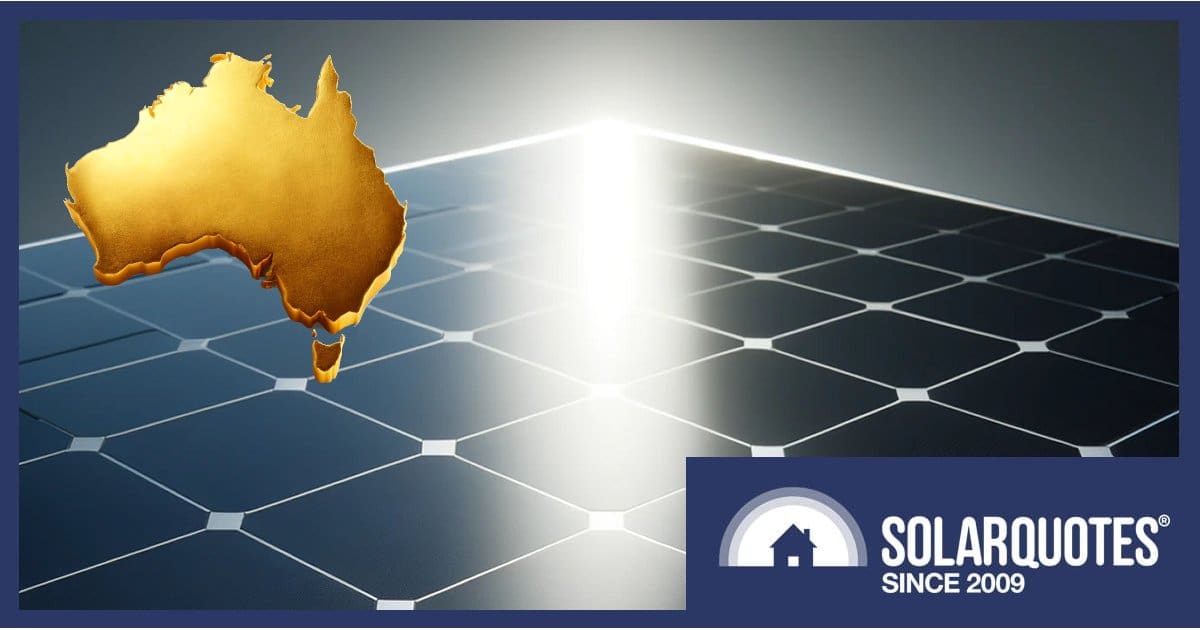
We often hear from Australians lamenting the lack of local solar manufacturing. The Solar Sunshot initiative is aiming to change that.
When it comes to buying solar panels made in Australia, there’s currently only one show in town – Tindo Solar – which manufactures good quality modules using imported solar cells. There have been a few other firms making (some might say half-arsed) attempts; again using imported kit. But another local company showing some promise is Sundrive, which for years has been quietly chipping away at reducing the cost of high-efficiency solar cells; in part by ditching the use of silver.
Both Tindo and Sundrive – and others – could get the opportunity to really shine with a helping hand. In March this year, the Albanese Government announced up to $1 billion funding for the Solar Sunshot program, which aims to build Australia’s solar manufacturing capabilities across the PV supply chain. This could include everything from polysilicon production to scaling up module manufacturing capabilities.
Solar Sunshot took another step forward yesterday with the opening of a consultation period concerning the design of the program, which is being developed by the Australian Renewable Energy Agency (ARENA) in consultation with the Department of Climate Change, Energy, the Environment and Water (DCCEEW).
Australian Made PV “Critical” For Climate Goals
A billion bucks isn’t chump change and it’s crucial to get the design of the program right. ARENA yesterday released a consultation paper outlining a proposed structure for the Solar Sunshot initiative.
“ARENA will be working closely with industry to design a program that supports innovative and competitive solar PV manufacturing that is critical to securing Australia’s role in the transition to a net zero world,” ARENA CEO Darren Miller said.
Beyond the feel-good aspect of Australian-made solar panels and related jobs boost is concern about supply chains if maintaining a business-as-usual approach going forward.
“The scale at which solar needs to be deployed to meet our climate targets means that we cannot rely solely on importing solar panels from overseas,” said Mr. Miller. “Australia can drive a greater role in PV production to make our supply chain less vulnerable.”
Importing panels has generally worked out well so far. And while our embracing of China as the source of most of our modules has attracted a lot of criticism, Australia’s stellar uptake of PV wouldn’t have happened without it.
China has been producing some excellent and very affordable panels. In this year’s SolarQuotes Installers Choice Awards, the three brands voted the best value solar panels in 2024 all manufacture their Australia-bound modules in China – and one of those also took out bronze in the best overall category (where money is no object).
Having the entire supply chain located in Australia and providing affordable gear sounds good in theory, but in practice will be very challenging. While Australians may complain about a lack of local manufacturing, attitudes tend to change when it comes time to parting with the extra cash for good quality Australian-made products.
Still, one step at a time. ARENA says the goal isn’t to compete with China from the get-go, but to make the energy transition more resilient to external shocks. Mr. Miller says:
“There is a credible pathway for building a solar manufacturing industry in Australia. A collaborative and committed approach from government and the private sector gives us the best chance at tackling this challenge.”
The consultation will be open until 31 May 2024 and the discussion paper can be found here. While the timeline isn’t set in stone, it’s anticipated the Solar SunShot program will be designed over June and July this year, followed by the first round launch in August 2024. Applications for round 1 funding will be due in November 2024.
Round 1 is focused on the module manufacturing component of the supply chain. Round 2 of Solar Sunshot proposes to support other steps, such as polysilicon production – and it was good to see end-of-life issues including recycling of solar modules and other components getting a mention.

 RSS - Posts
RSS - Posts



Ready or not, us mug consumers will foot the bill anyway.
Either through paying more for panels, as increased import duties will force the price of imports up to the level of the inefficient domestic product, or via our tax dollars used to dole out ongoing subsidies to domestic manufacturers, the method that worked so well for the Australian car industry.
Hi,
If the panel company is Australian owned, then the money will stay here, possibly they’ll pay some tax one day, unlike the gas exporters. It won’t be used to pay the overseas parent company any licensing fees, etc. All the other great rorts that occur. Plus it will employ more people, who pay taxes.
b0b